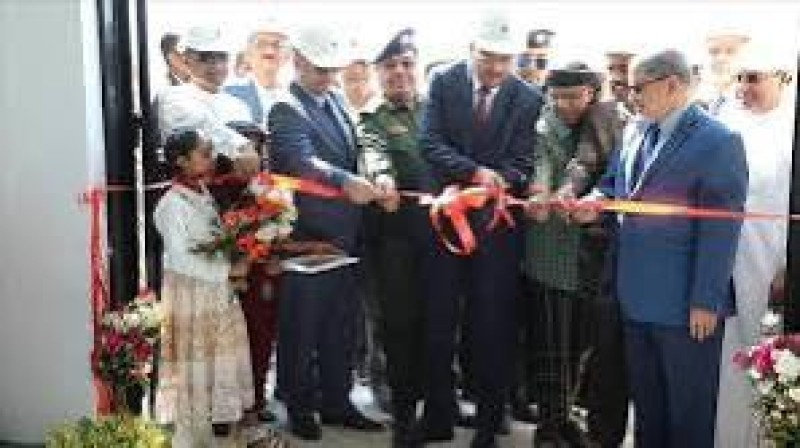IOM Yemen: Rapid Displacement Tracking - Yemen IDP Dashboard Reporting Period


IOM Yemen DTM’s Rapid Displacement Tracking (RDT) tool collects data on estimated numbers of households forced to flee on a daily basis from their locations of origin or displacement, allowing for regular reporting of new displacements in terms of estimated numbers, geography, and needs. It also tracks returnees who returned to their location of origin.
From 1 January 2022 to 2 April 2022, IOM Yemen DTM tracked 4,960 households (HH) (29,760 Individuals) who experienced displacement at least once.
Between 27 March and 02 April 2022, IOM Yemen DTM tracked 130 households (780 individuals) displaced at least once. The majority of people moved into/within the following governorates and districts:
Ad Dali (40 HHs) – Ad Dali (18 HHs), Qatabah (15 HHs), Al Hasayn (6 HHs) districts. Most displacements in the governorate originated from Ad Dali and Ibb.
Marib (40 HHs) – Marib City (30 HHs), Marib (10 HHs) districts. Most displacements in the governorate originated from Marib and Taiz.
Taiz (17 HHs) – Mawza (14 HHs), Al Qahirah (3 HHs) districts. Most displacements in the governorate originated from Taiz and Al Hodeidah.
The majority of people moved from the following governorates and districts
Taiz (29 HHs) – Maqbanah (12 HHs), Mawza (6 HHs), Sabir Al Mawadim (4 HHs) districts.
Al Hodeidah (18 HHs) – Hays (6 HHs), Zabid (3 HHs), Al Jarrahi (2 HHs) districts.
Ad Dali (18 HHs) – Qatabah (14 HHs), Al Husha (4 HHs) districts.

Aden -- Yemen Airways has announced the cancellation of the mandatory round-trip ticket requirement for passengers traveling from Yemen to Saudi Ar…

Aden — Ports under the authority of Yemen’s internationally recognized government have received more than two million metric tons of fu…

Mukalla — Local authorities in Hadramout have announced the inauguration of Yemen’s first solar-powered cement station, a landmark proj…